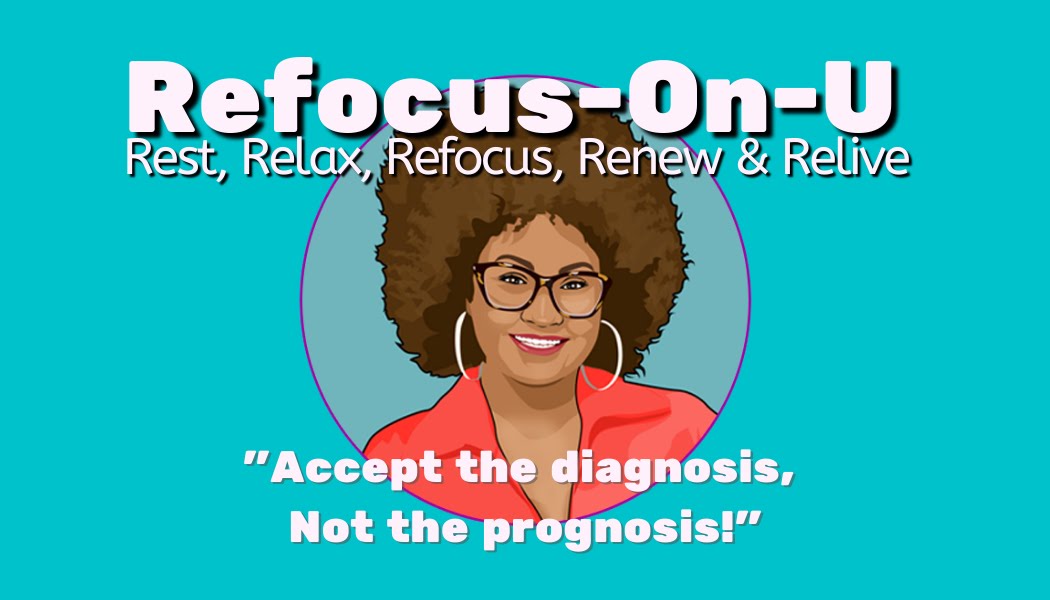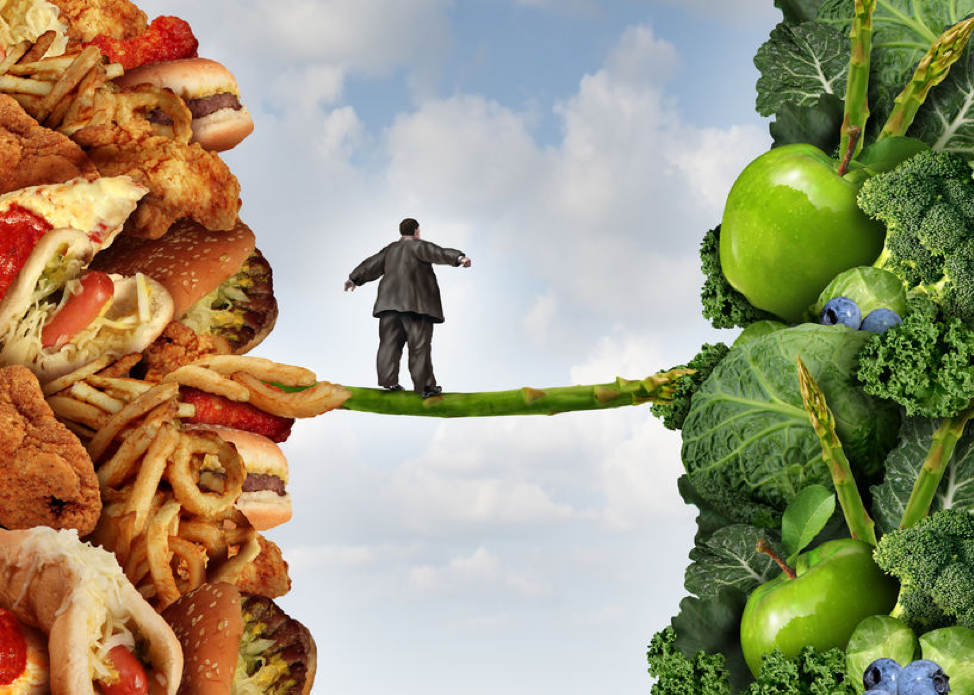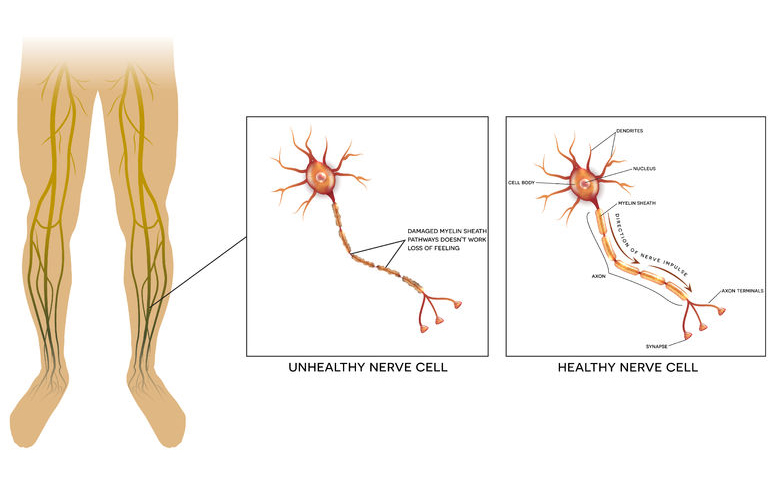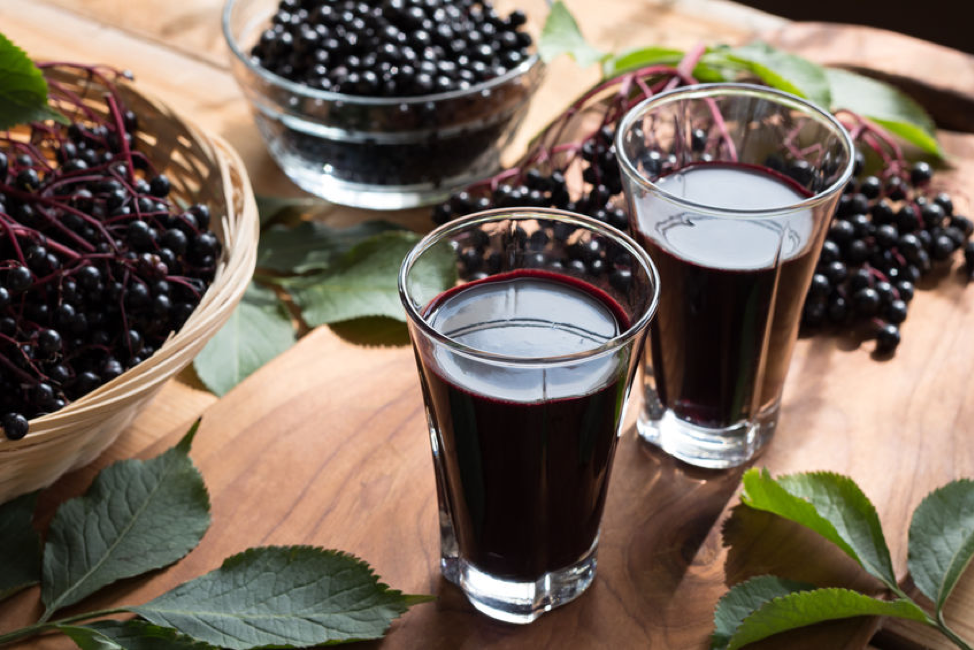Ghrelin is a hormone produced by cells in your gastrointestinal tract when you are hungry this hormone increases, and when you are full, it decreases.
This hormone also works on the brain center to increase the secretion of gastric acid and gastric mobility to prepare your stomach for food intake. Keep in mind that when you eat the foods you have chosen, it affects your stomach and your brain. When that food is broken down for energy, it is communicating to every cell in your body as to whether or not it is enough to satisfy the different metabolic transactions that each of your systems must undergo to remain healthy and balanced.
- Foods that contain fiber and water such as fruits and vegetables are very high on the satiety chart communicating to the brain very quickly that you are full, this is because once broken down for its sugar which is the needed energy of the body, it is released slowly into the bloodstream, thus allowing you to feel full longer.
- Foods that contain protein with minimal saturated fat, such as raw nuts, beans and seeds, and certain kinds of fish, are high on the satiety chart, thus communicating a feeling of fullness to the stomach and brain.
- Foods that contain healthy carbohydrates such as your grains also provide much fiber which leads you to feel full faster.
Each food that you choose to eat is either broken down to fructose or glucose; these two sugars provide the body with the necessary energy. Foods that have a high content of processed sugar such as candies, chips donuts, and cakes break down differently than the fructose and glucose that you receive from eating whole foods.
While sugar received from processed foods provide the body with quick energy, they do not turn off the ghrelin hormone which communicates that you are full, which should now give new meaning to the cliche, “You Can’t Eat Just One.”







